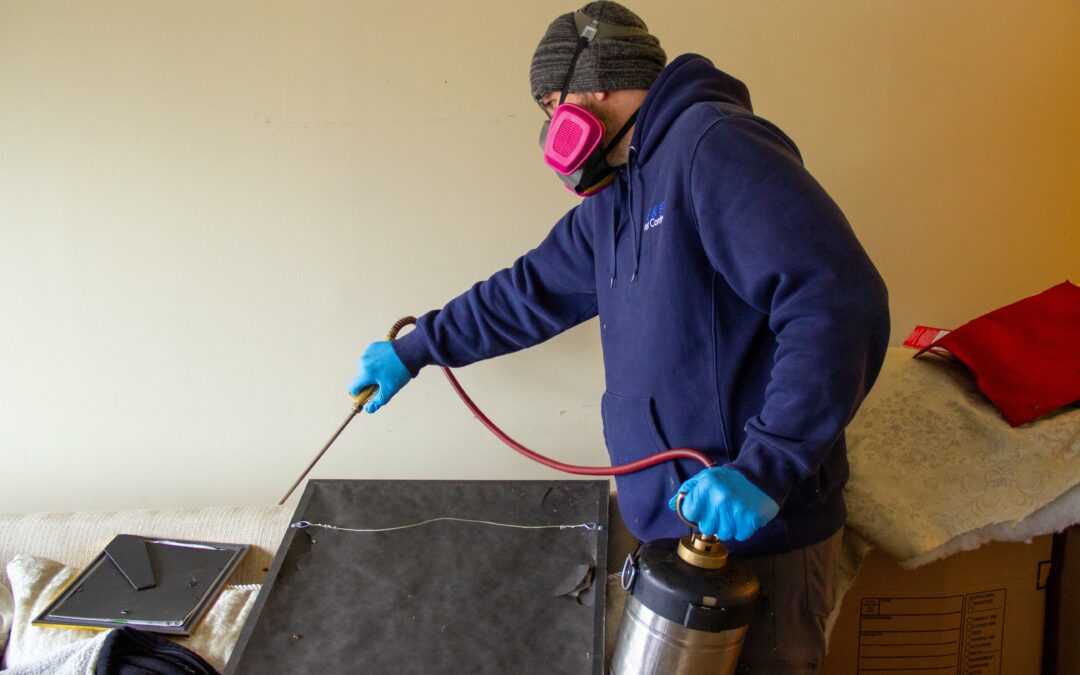While nobody likes finding ants in their home, most ant pests pose nothing more than nuisance when they become prevalent indoors. Of course, some ant species can be medically or economically significant pests, but stinging ant species are rarely encountered in the northeast US. Unfortunately, the most economically costly ant species in the country, the black carpenter ant, is abundant throughout the northeast where they frequently inflict property damage by excavating nesting tunnels within structural wood. Another ant species that can be found in the northeast, Crematogaster clara, will not only nest within the woodwork of homes, but they will also nest within fireboard, insulation, wall voids, foam panel insulation, cupboard, pantries and bird houses. If that is not enough, workers of this species are omnivorous, so they readily eat just about any food sources they encounter within homes. Due to their small size, workers easily slip into packages, resulting in contamination.
clara workers can be recognized for their shiny, yellowish to light brown or black body that is covered in relatively long hairs, particularly on their head and upper body where the hairs are most dense. Workers range from 2 to 4 mm in length, and they naturally dwell in urban, suburban and woodland saltmarsh areas. C. clara, and several other ant pest species in the Crematogaster genus, are commonly known as acrobat ants because of their bizarre habit of raising their heart-shaped abdomen over their head when they become threatened. These ants pests are easily threatened because they are highly aggressive and will not hesitate to bite humans, but luckily, acrobat ants do not sting. However, C. clara has been known to kill newly hatched birds, and one study describes a colony nesting and reproducing within a large bird box that the researchers had assumed would be uninhabitable to the ant pests. Due to their habit of nesting within structural wood and wall voids, acrobat ant and carpenter ant infestations are eliminated by means of similar methods. Injecting insecticidal dust through small holes drilled in wall voids will kill workers and nesting ants, and outdoor nests are treated with insecticide spray. Acrobat ants, particularly C. clara, frequently nest within damp wood on window sills and door frames, making spot treatments necessary.
Have you ever encountered signs of ant damage to wood?

